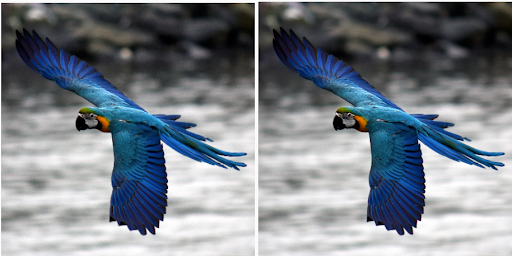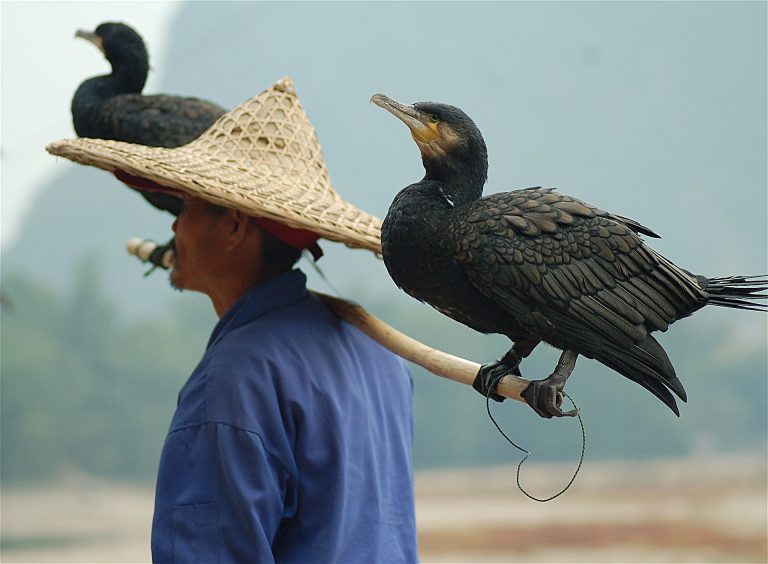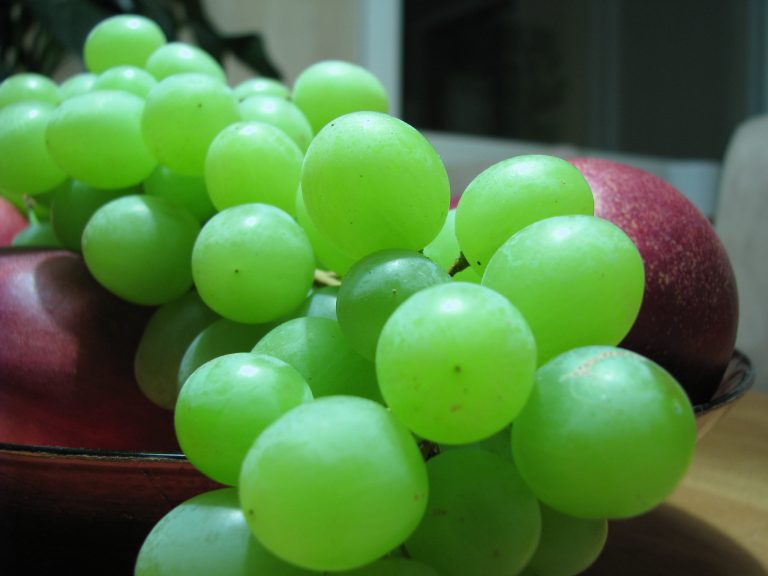The Spix’s macaw, with fewer than 200 living members — all in captivity — may be the world’s rarest bird.
Due to poaching and habitat destruction, Spix’s macaw is on the verge of extinction. Despite a 1967 law passed to protect the birds in Brazil, poaching continued until five final individuals were captured in 1985. The last bird was worth up to $50,000 to collectors.
The species is presumed “extinct in the wild,” although one male was spotted in 2016. With the entire species living in captivity, scientists concerned about species survival are trying release as a possible solution.
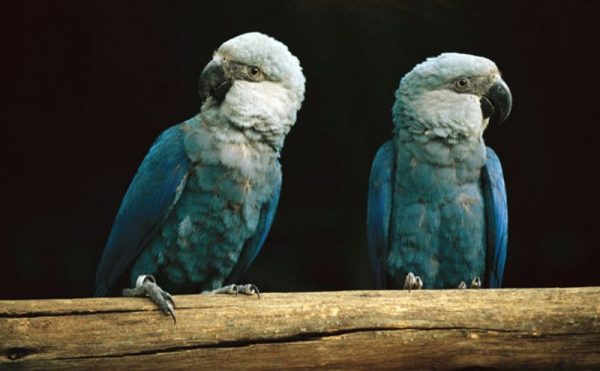
The Spix’s macaw
Although the Spix’s macaw was likely discovered by a Dutch settler in the 17th century, it is named after German naturalist Johann Baptist Ritter Von Spix, who came to study the bird in the early 18th century.
The bird was extremely rare even in 1832, when German zoologist Johann Georg Wagler offered a description for the species:
Success
You are now signed up for our newsletter
Success
Check your email to complete sign up
Spix’s macaw measures between 21 and 24 inches in length, and weighs around three quarters of a pound. It is entirely blue, but slightly greenish on the chest and the belly. The head is light gray tinged with blue, and the beak is blackish.
Spix’s macaw’s shrinking habitat
Spix’s macaw, also known as the little blue macaw, comes from gallery forests of scrubby trees, cacti and thorny shrubs along seasonal waterways in Brazil, called the “caatingas.” Spix’s macaws do not migrate, but will move in search of food, nesting and water. Its natural home is the 25 foot Tabebuia, or trumpet tree, where it nests and rests.
These forests have been reduced to a mere 30 km², posing a serious threat to the success of reintroduction. The Spix’s macaw’s diet is limited to specific nuts and seeds, creating further challenges for its survival as a species.
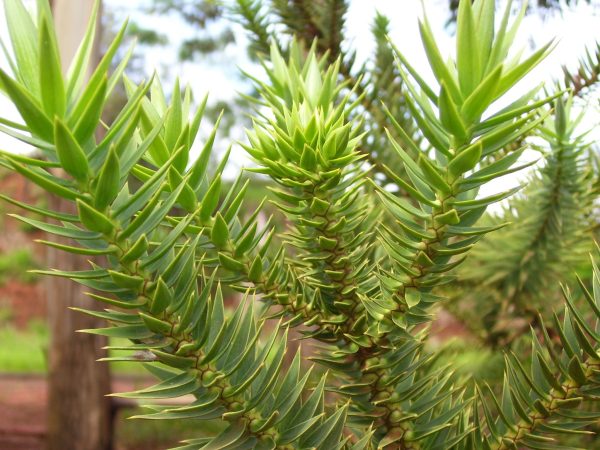
The rare bird feeds mainly on peanuts and other seeds and nuts from the Paranà pine (Araucaria angustifolia), favela (Cnidoscolus quercifolius), and plants in the sandalwood (Phoradendron) family. Due to massive exploitation, the Paranà pine is critically endangered itself.
Plan for reintroduction
Parrots living in captivity exist in the Canary Islands, Brazil, Germany, and Qatar. In 1990, Brazil established the Standing Committee for the Restoration of the Spix’s Macaw, uniting captive bird keepers, international organizations, and nature conservation groups in the interest of preserving the species.
While efforts to improve breeding met with some success, the close relation of the birds may result in various inbreeding problems. It is also questionable whether captive-hatched birds would be able to survive in nature, as the birds normally take years to become accustomed to their environment, with knowledge being passed down from their parents.
A restoration project was initiated in 2018, when a partnership agreement was reached between the Brazilian Ministry of the Environment, the Pairi Daizi foundation of Belgium, the Chico Mendes Institute for Biodiversity Conservation in Brazil, and the Association for the Conservation of Threatened Parrots in Germany to reintroduce the Macaw Spix to its natural habitat in Brazil.
The aim is to get these birds back together en masse to allow for normal breeding, and thus gradually restore the population. A larger community will be better able to protect itself, so it is preferable to release a large number of birds. This will also improve breeding success.
Some have suggested increasing flock size by combining the Spix’s macaw with the Illiger macaw. This native species is a popular pet breed and also endangered; but a population exists in the wild which could serve as mentors to the reintroduced birds.
Age matters for release timing. Since these birds begin to reproduce at around four years old, releasing them at this age will ensure that they stay put, as they will return to the same nesting site each year. Supplementary food and nesting boxes are also being considered to keep the birds close.
The ACTP center in Germany sent 49 parrots to Brazil, and Belgian zoo Pairi Daiza sent three individuals. The zoo also contributed €1.5 million towards the construction of a release center. Their release is planned to take five years, with completion in 2024.
Eight of the handsome blue birds were released into their native habitat last month, with 12 more to follow later in the year.



